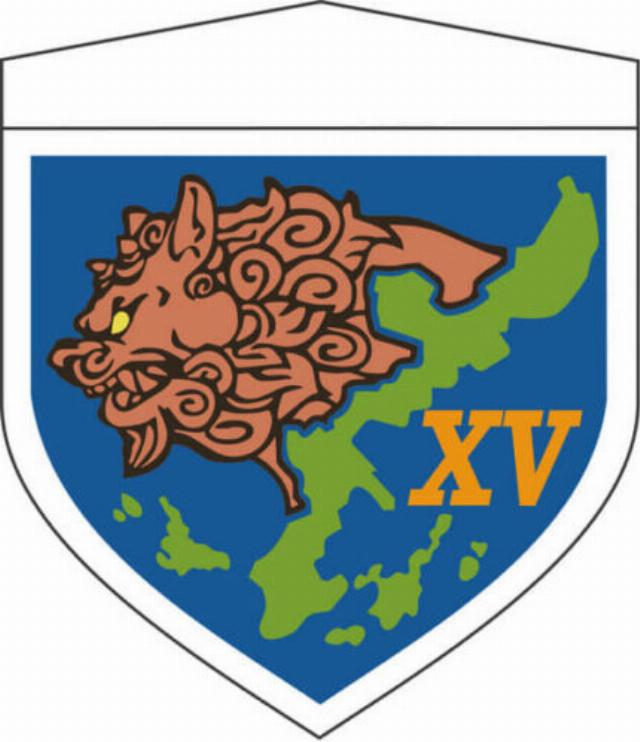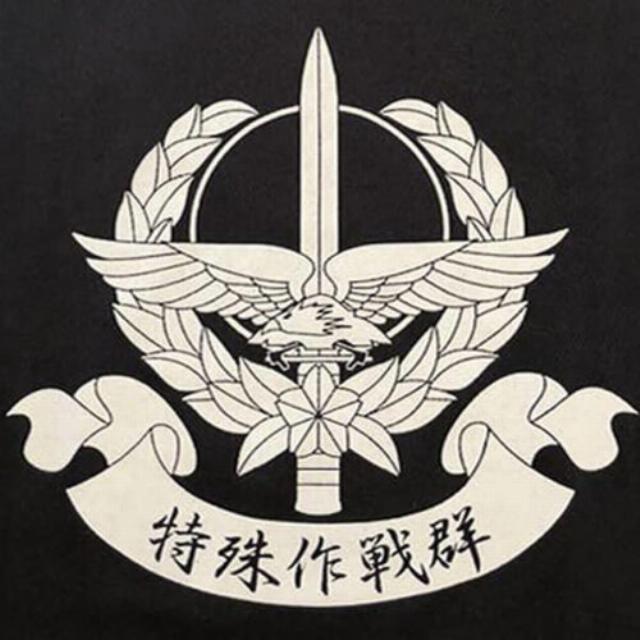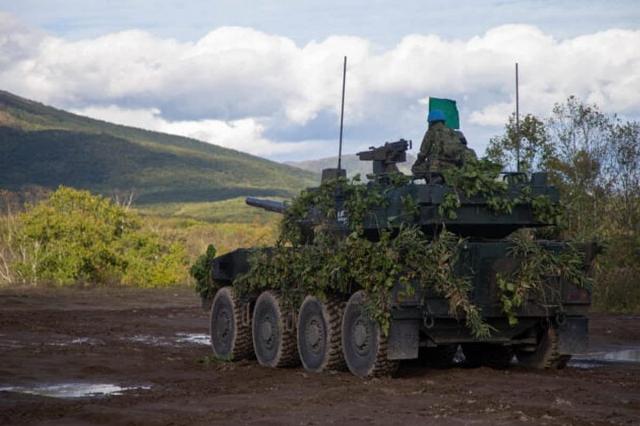The command of the Ground Forces of the Japan Self-Defense Forces (JDF) has outlined a large-scale restructuring of subordinate units. It is expected that two new large formations will be created in the 2026 financial year.
Plans include the transformation of the existing 15th Brigade in Okinawa into a division and the consolidation of elite special operations units of the Japan Self-Defense Forces into a separate special forces brigade.
The restructuring is part of a broader effort to adapt Japan's military to changing regional security conditions, especially in the southwest of the country, where tensions with China have increased in recent years.

The 15th Brigade of the Japan Self-Defense Forces, based in the city of Naha in Okinawa, is currently responsible for the defense of the southwestern part of Japan. Formed in 2010 as the successor to the 1st Consolidated Brigade, it is one of eight independent brigades and is part of the Western Command of the SV. The unit has about 2,300 employees. This is a relatively small unit, which includes the 51st Infantry Regiment, which, despite its name, has a battalion strength.
The brigade also includes two reinforced companies stationed on the islands of Miyako and Yarayama, an air defense regiment with one light and three batteries of medium-range air defense systems, a logistics battalion, a reconnaissance company equipped with Type 87 armored personnel carriers, and a helicopter company using CH-47 and UH-60 aircraft. In addition, the brigade includes units: communications, engineering, unexploded ordnance disposal and RCBZ.
According to the new plan, the 15th Brigade will be reorganized into a division, one of ten in the Japan Self-Defense Forces, and its capabilities will be expanded. The modernization includes the creation of a second infantry regiment, the replacement of the existing reconnaissance company with a new unit equipped with Type 16 wheeled armored vehicles and other advanced systems, as well as the strengthening of MTO and communications equipment.
However, it is reported that even after the reorganization, only about 3,900 people will serve in the new division, which roughly corresponds to the number of a regular brigade in other armies. Analysts believe that the purpose of the reorganization may be to raise the full-time military rank of the division commander from Major General to Lieutenant General, which will allow him to work more closely with the commander of the III Marine Expeditionary Corps, who holds the same rank.
The Japan Self-Defense Forces are also preparing to merge their elite units into the SpN brigade. This formation is to unite the SpN Group based in Funabashi, Chiba Prefecture, and the Central Readiness Regiment from Utsunomiya, Tochigi Prefecture.

The SpN group, modeled after such units as the American Delta Force, the British Special Airborne Service and the German KSK , consists of three operational companies totaling about 300 people. The Central Readiness Regiment, a mechanized infantry battalion equipped with armored vehicles and protective vehicles, has about 700 troops and supports special operations.
Currently, both units are part of the Central Rapid Reaction Force, established in 2007. They also include the 1st Airborne Brigade and the 1st Helicopter Brigade with a total strength of about 4,500 people. The structure of the new MTR brigade has not yet been disclosed, but it is expected that the planned changes will enhance the ability of the Japanese Self-Defense Forces to perform specialized tasks such as counterterrorism, hostage rescue, and operations to destroy critical targets behind enemy lines.
Although the National Ministry of Defense has not fully disclosed the reasons for the reorganization, analysts note that it reflects the ongoing modernization of the Japanese Armed Forces and the need for a more effective response to potential crises in the southwestern part of the archipelago. Currently, the Japan Self-Defense Forces have about 150,000 active military personnel and 56,000 reservists, as well as five regional commands, nine divisions, eight separate brigades, and 10 support brigades, including artillery, anti-aircraft, engineering, and helicopter units.
It is believed that the new SpN division and brigade, which are expected to be ready by 2026, will be a transition to a more flexible, specialized and strategically located Japanese ground forces.
Source: defence-blog.com

